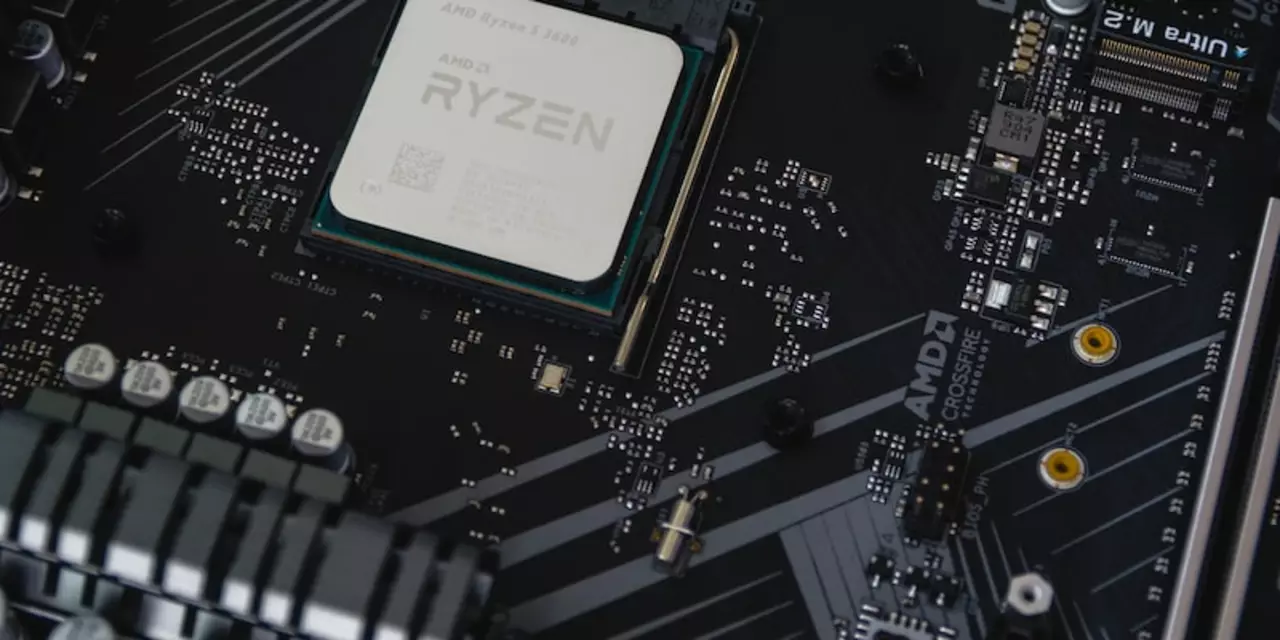Quantum Computing vs Neuromorphic Chips: Which Is Right for You?
Ever wonder why the tech world talks about quantum computers and brain‑like chips in the same breath? Both promise a jump in how fast and smart machines can think, but they tackle problems in very different ways. Below you’ll find the main points that separate them, plus a quick look at when each shines.
What Makes Quantum Computing Powerful?
Quantum computers use qubits—tiny units that can be both 0 and 1 at the same time. This superposition lets them test many possibilities in parallel, something a regular processor can’t do. Imagine trying to solve a huge puzzle: a quantum machine can check many pieces at once, cutting down the time dramatically.
Because of this speed, quantum machines excel at tasks like factoring huge numbers, simulating chemical reactions, or optimizing complex networks. Companies are already using early‑stage quantum services to model new materials or improve supply‑chain routes. The downside? Quantum computers are extremely sensitive to noise, need ultra‑cold environments, and currently work best on very specific problems.
Why Neuromorphic Chips Matter
Neuromorphic chips, on the other hand, mimic how the human brain processes information. They use spiking neurons that fire only when needed, which means they consume far less power than traditional CPUs or GPUs. This makes them perfect for edge devices—think smart cameras, wearable health monitors, or tiny robots that need to think on the fly.
These chips are great at pattern‑recognition tasks such as speech, vision, and sensor fusion. Because they process data in a brain‑like way, they can adapt and learn from new inputs without needing huge training sets. While they don’t beat quantum computers on raw speed for specific math problems, they offer flexibility and efficiency for everyday AI tasks.
In practice, you might pick a quantum computer when you need brute‑force calculation power for a narrow, high‑impact job. If your goal is low‑power, real‑time AI that can run on a phone or a drone, neuromorphic chips are the better bet.
One recent article on our site, "Quantum computing or Neuromorphic chips?", breaks down these trade‑offs with real‑world examples. It shows how both technologies can coexist—quantum for deep scientific dives, neuromorphic for everyday smart devices.
So, which tech should you keep an eye on? If you’re a developer interested in cutting‑edge simulations, start exploring quantum cloud services. If you’re building AI that runs close to the sensor, look into neuromorphic platforms like Intel’s Loihi or IBM’s TrueNorth.
Both fields are evolving fast, and today’s hobby project could become tomorrow’s industry standard. Keep learning, experiment with the tools that fit your needs, and stay curious about where the next breakthrough will happen.

Quantum computing or Neuromorphic chips?
Feb, 15 2023